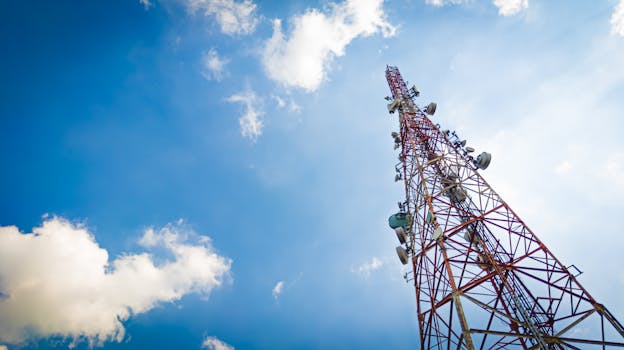
Satellites as Sentries: Advanced Technologies for Global Communication and Surveillance Satellites have become an integral part of modern life, playing a crucial role in global communication and surveillance. With the rapid advancement of technology, satellites are now equipped with state-of-the-art systems, enabling real-time monitoring and data transmission. In this article, we will delve into the world of satellites and explore their significance in shaping the future of global communication and surveillance.
Satellites have been in use for several decades, but their capabilities have improved significantly over the years. Today, satellites are used for a wide range of applications, including navigation, weather forecasting, and remote sensing. However, their role in global communication and surveillance has become increasingly important. With the help of satellites, we can now communicate with people across the globe in real-time, regardless of geographical location.
Advances in Satellite Technology
Recent advances in satellite technology have enabled the development of more sophisticated systems, capable of transmitting vast amounts of data quickly and efficiently. The introduction of high-throughput satellites (HTS) has revolutionized the satellite industry, providing faster and more reliable connectivity. HTS satellites use a combination of advanced technologies, including spot beams and frequency reuse, to increase bandwidth and reduce latency.
Another significant development in satellite technology is the use of small satellites, also known as smallsats. Smallsats are smaller and less expensive than traditional satellites, making them an attractive option for companies and organizations looking to launch their own satellite constellations. Smallsats are also more agile and can be deployed quickly, allowing for faster response times and greater flexibility.
Global Communication and Surveillance
Satellites play a vital role in global communication, enabling people to stay connected across the globe. With the help of satellites, we can now make phone calls, send emails, and access the internet from anywhere in the world. Satellites also enable the transmission of data, including video and audio files, allowing for real-time communication and collaboration.
In addition to communication, satellites are also used for surveillance purposes. Satellites equipped with advanced sensors and cameras can monitor the environment, track weather patterns, and detect natural disasters. This information can be used to predict and prevent disasters, saving lives and reducing damage to infrastructure.
Conclusion
In conclusion, satellites are a crucial component of modern life, enabling global communication and surveillance. With the rapid advancement of technology, satellites are becoming increasingly sophisticated, providing faster and more reliable connectivity. As we look to the future, it is clear that satellites will play an even more significant role in shaping the world of global communication and surveillance. Whether it is enabling real-time communication or monitoring the environment, satellites are an essential tool for a wide range of applications.